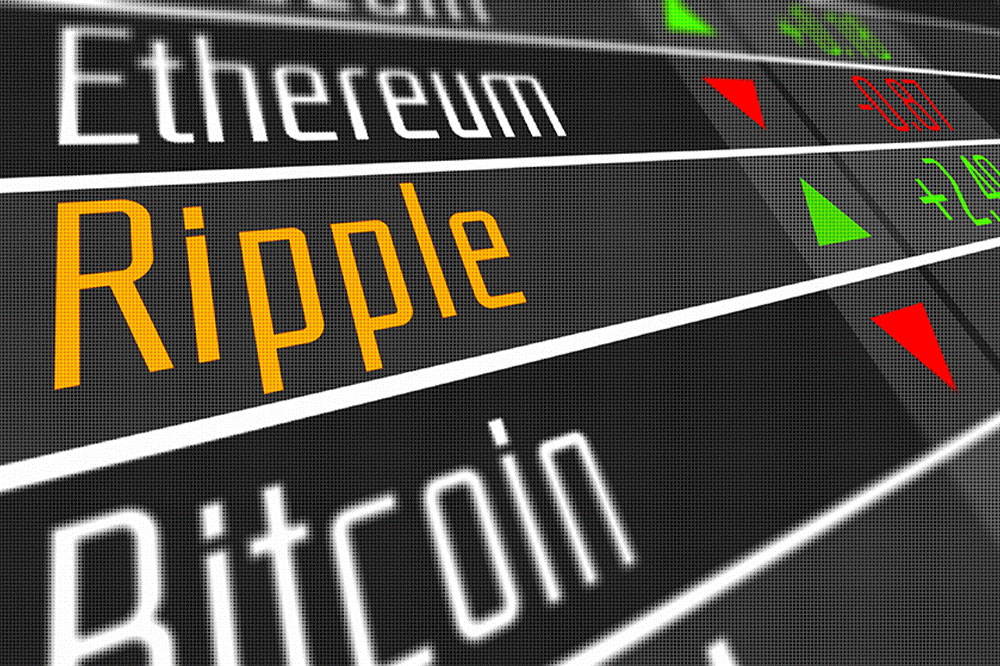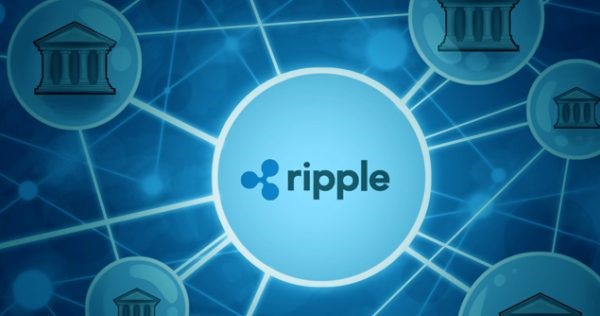
In order to protect XRP from being disrupted or attacked via spam and denial of service assaults, Ripple requires a small amount of XRP to be destroyed in every transaction. The cost of the required XRP is designed to rise up in value along with the load on its network. This was designed this way for a reason and that reason is to make the transaction cost very expensive. This way, people cannot overload the network deliberately or even inadvertently. So, in simple words, every transaction facilitated on the Ripple network must specify a certain amount of XRP to destroy in order to pay what is called the transaction fee.
What is Ripple’s current transaction fee?
Well, according to BitInfoCharts, as of right now the minimum transaction fee needed by the Ripple network is about 0.0011 which is 0.00068 USD with the current price. Of course, as we have already stated in the previous section, the price will rise up in accordance with the network load. So, with that said, XRP transaction fees may increase when the load is higher than usual.
Who benefited from transaction fees?

The amount of XRP destroyed as transaction fee is actually not paid to any individual or party, it is literally destroyed and out of circulation. Even though transaction fees seem wrong, this is not that bad when you think about it. Imagine you just created a transaction on the Ripple network. A small amount of the XRP involved in the said transaction is going to be destroyed and since XRP tokens have a fixed amount will neither increase or decrease in the future the cryptocurrency becomes much more scarce and all holders of the currency will benefit from it for it is getting more valuable each time.
Local Load Transaction Cost
Ripple servers maintain a threshold for transaction fees based on the current load they are facing. When you facilitate a new transaction with a cost valuation equal to an amount which is lower than the current transaction fee based on network load of the server, then the server will not apply the transaction and neither will it relay the transaction. So, in other words, a transaction is highly unlikely to survive the consensus process of Ripple unless the cost valuation of it fulfils the requirements of a majority of servers.
Note: In case you facilitate a transaction via an admin connection, the server that the transaction is on will apply and relay the transaction as long as it meets the minimum transaction fee which is unscaled.
Open Ledger Transaction Fee
The rippled servers have another system in order to enforce the transaction fee. This system is called the Open Ledger Cost. The only way a transaction is able to be included in the open ledger is if it fulfils the fee requirements of the open ledger in XRP. If the said transaction does not meet the requirements, however, it is instead queued for a following ledger.
For every ledger version, the server has to pick a soft limit on how many transactions are able to be included in a single ledger. This number is determined based on the amount of transactions existing in the previous ledger. The open ledger cost is the same value as the minimum unscaled transaction fee for as long as the number of transactions existing in the open ledger is the same as the determined soft limit. Once the limit is exceeded, the open ledger cost also increases for every new transaction included in the ledger. The next ledger’s soft limit will be increased by the server if the previous one’s soft limit had exceeded. Also, if the consensus process takes any time more than 5 seconds, the soft limit for the next open ledger will decrease.
The open ledger transaction cost is proportional to the ordinary transaction fee and not the absolute transaction fee. Different types of transactions that have a requirement which is higher than the usual amount, for instance multi signed transactions, are obligated to pay more to be able to meet the open ledger fees.
Queued Transactions
When Ripple faces a transaction that meets the local load cost of the server but not the other factor, the open ledger cost, then it is estimated if the transaction has any potential to be included in a ledger in the future. If so, then the transaction is added to a queue and is related to other users of the network by the server. If this is not the case however, the transaction gets discarded by the server instead. By doing this process, the server is actually attempting to reduce the amount of network load from transactions which wouldn’t pay the transaction fee, to a minimum. The transaction fee is only applied when the transaction has successfully been included in a ledger.
Reference Transaction Fees

There is another type of transaction fee which is the cheapest non-free one. The Reference Transaction fee is a necessary cost required before load scaling. Most transactions have fees equal to the reference transaction. Some transactions, for instance multi signed transactions, need a multiple of the reference transaction fee instead. Whenever the open ledger begins to escalate, the reference transaction fee is proportional to the basic transaction fee.
Ripple’s transaction fee difference in Exchanges
The values we mentioned earlier, are all average base values and may differ slightly in different exchanges and wallets. This is why we have accumulated a short list stating important exchanges and their transaction fees.
First off, we have Binance. The exchange is really popular and a cheap one too. For every transaction made, a small fee of 0.25 XRP is required which with the current price of XRP translates to $0.15.
Next in the line is CoinEx. This exchange is among the cheapest XRP traders and only charges 0.01 XRP for its transactions. CoinEx is second non-free exchange only bested by DSX with 0.0003 XRP as transaction fee
Bittrex, also an important exchange, is slightly more expensive than the rest of the list in terms of transaction fee. The exchange charges 1 XRP for the transactions done on the platform.
Last but not least, KuCoin lets you do your XRP transactions for only a fee of 0.1 XRP. The amount is considered cheap when compared to some other exchanges but it is not the cheapest one available.
The Bottom Line
As we have already established, the standard fee of a transaction facilitated on the Ripple protocol is really cheap. In fact, the transaction fee of Ripple is so cheap that it is practically free. Ripple is unique in the sense that it can’t be mined. When you mine a currency such as Bitcoin, the transaction fees go to the successful miner. But since there is no option to mine XRP in Ripple, the transaction fees do not go to anyone. Instead, the coins get simply deleted from existence and are no longer in the circulation which will increase the value of XRP day by day. This is why Ripple is considered such a unique concept.
Ripple Transaction Fees
Ripple Exchanges
Ripple Wallets
Current Transaction Fee
Ripple Network
Load Transaction Cost
Graphic Photo World
Frontend Free Code
Code Free Tutorial
CSS Free Code
PHP Free Code



 Home
Home How to use
How to use Sitemap
Sitemap About Us
About Us Suggested
Suggested Privacy Policy
Privacy Policy